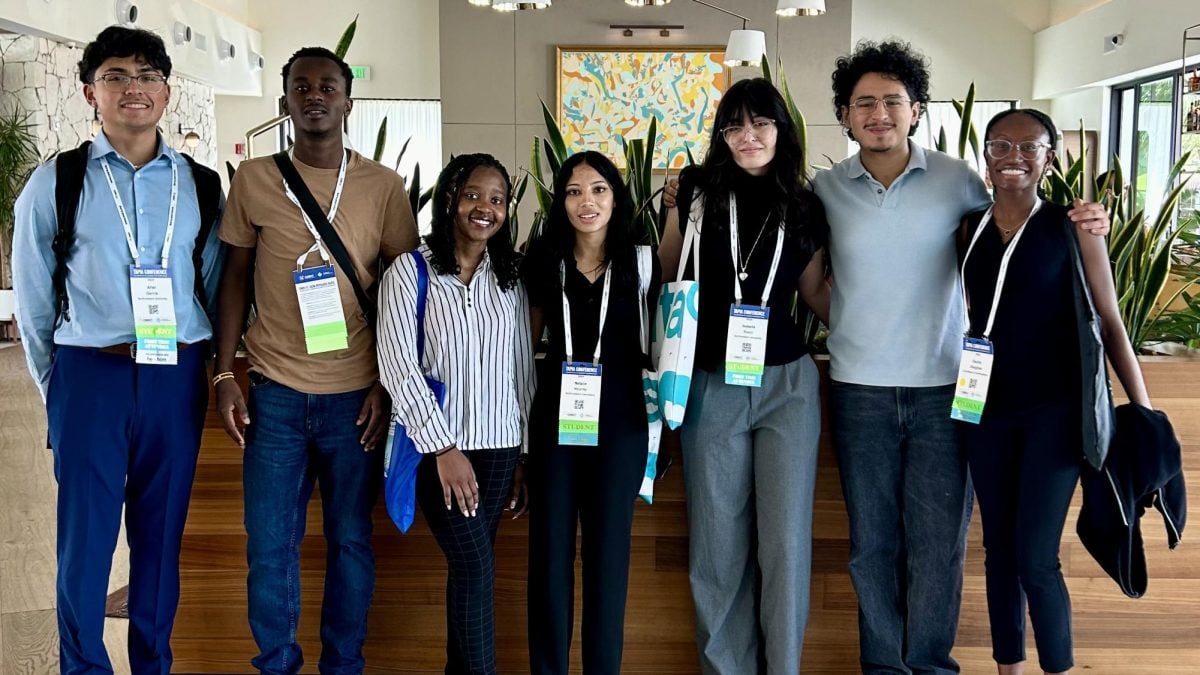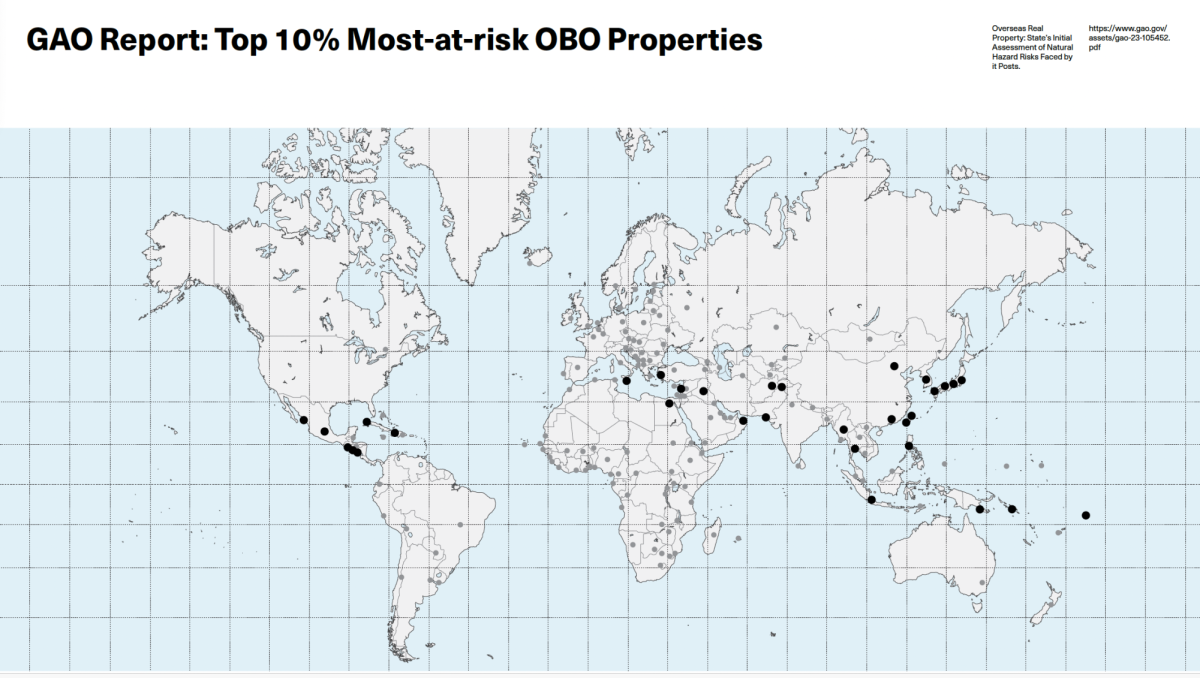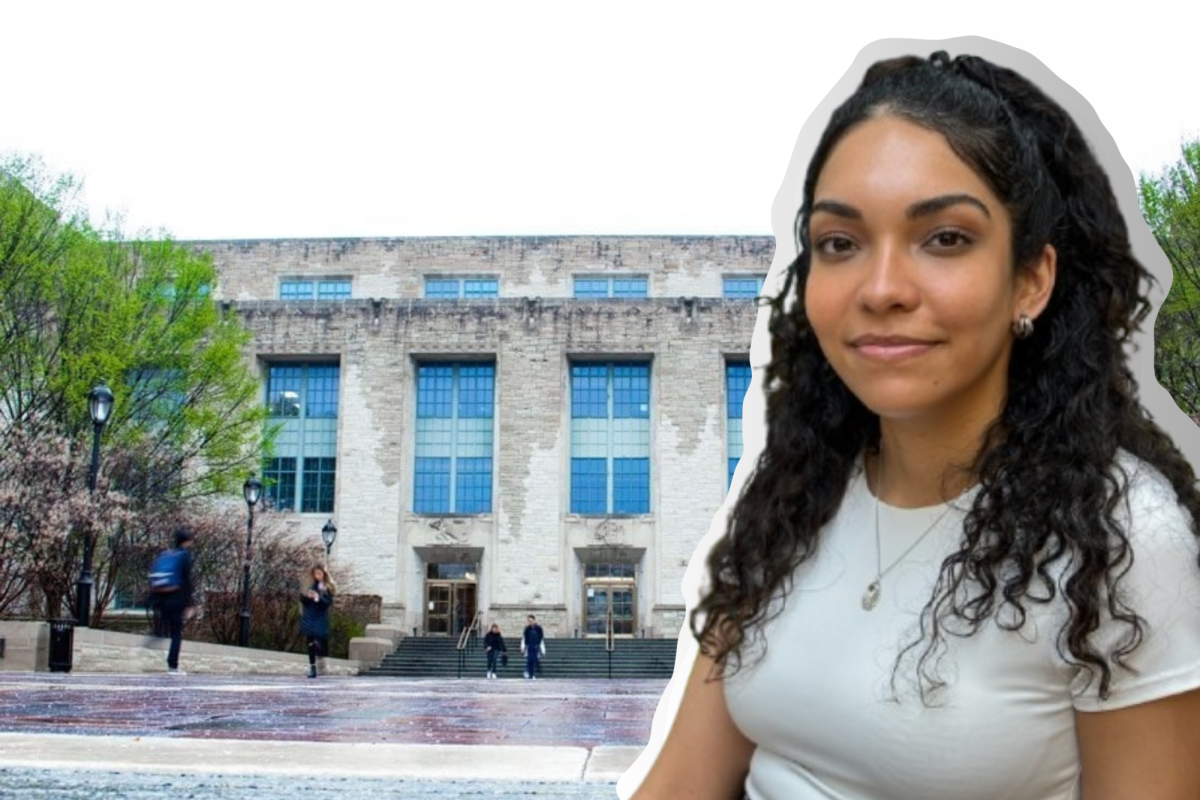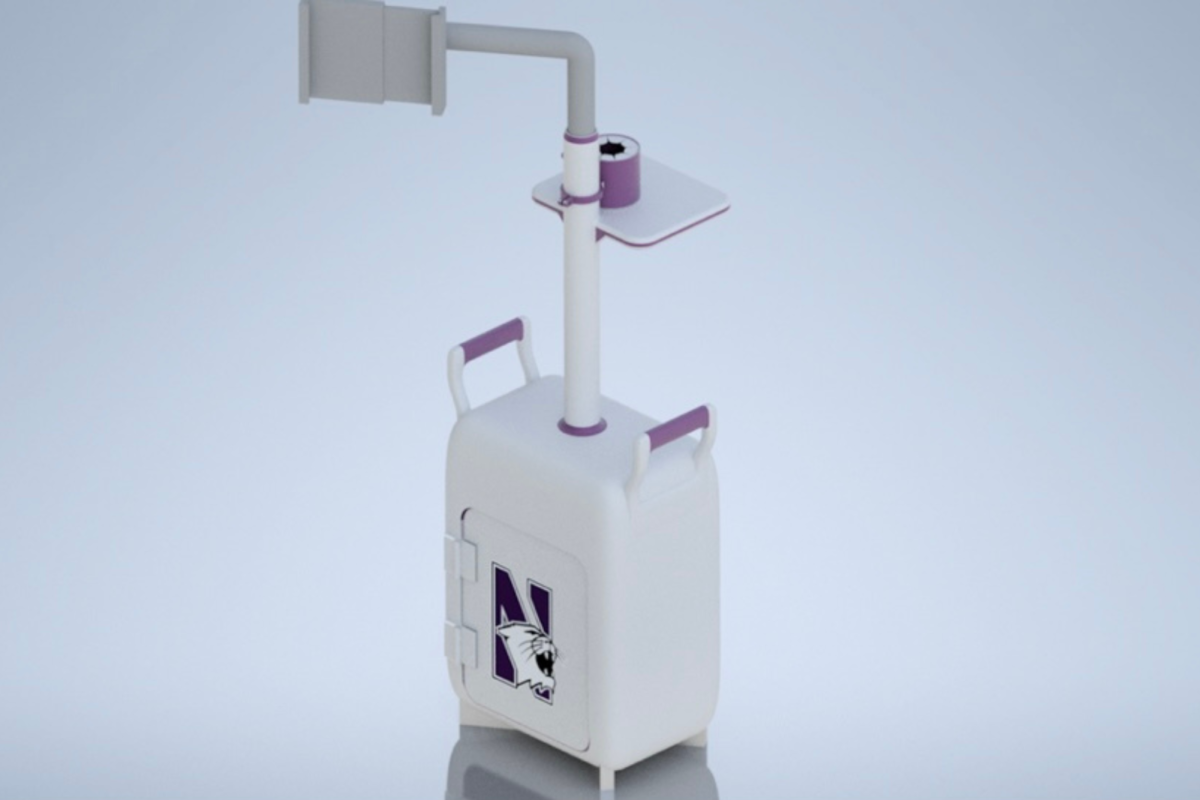Northwestern Memorial Hospital reached an important milestone last week when its surgeons completed their 100th kidney paired donation transplant.
The surgery is a method of matching donor/recipient pairs that decreases the average wait for a kidney from six years to 73 days. Dr. John Friedewald, transplant nephrologist and co-director of the incompatible kidney transplant program at the Memorial Hospital, founded the living donor/kidney paired donation program that reached this notable benchmark.
“Everything that we do and everything that we’ve done is either in response to a shortage of organs or, for a variety of reasons, people who have a live donor may not be compatible,” said Dr. Michael Abecassis, chief of transplants and director of the comprehensive transplant center at Feinberg School of Medicine. “So what we have tried to do is find a way to get these people on the transplant list.”
When a dialysis patient needs a kidney, he or she is added to the wait list for organs from deceased donors, but that list is so long that most people die while still waiting. Even when a patient has a live donor who is willing to give a kidney, many people have incompatibilities, either because of blood or because of antibodies contained in the kidney tissue.
A situation with a kidney paired donation would include a patient with blood type A who has a family member who can donate but has blood type B. Another patient has blood type B and his donor family member has blood type A. Each patient would receive the other patient’s donor kidney.
“This is the easiest (type of) kidney paired donation,” said Dr. Lorenzo Gallon, professor of medicine-nephrology and surgery-organ transplantation at Feinberg. “Now if you imagine you multiply this … you can arrange people among two or three or more donors.”
The Memorial Hospital performed a chain that included eight pairs of donors and recipients, Friedewald said. Recently, they performed a three-way switch between the Memorial Hospital, Johns Hopkins University and Washington University in St. Louis.
Kidney paired donation is rooted in the complex math that won Alvin Roth this year’s Nobel Prize in Economics, Friedewald said. Roth worked closely with Feinberg in developing the computer system that performs the kidney matches.
The more donors available in the pool, the more likely a donor is compatible with rare blood and tissue types or sizes and ages of kidneys, all factors that affect the matching process. Because the Memorial Hospital runs the largest living kidney donor program in the nation, Freidewald said, the math is in their favor.
More pairs means more matches, Abecassis said, so Feinberg will soon finalize discussions to partner with the three other largest living donor programs in the United States: San Antonio Methodist Hospital and the Mayo Clinics in Phoenix/Scottsdale, Ariz., and in Rochester, Minn.
Although Friedewald said partnering with more hospitals is beneficial to the transplant pool, he expressed hesitation about the organization of kidney paired donations.
“Normally, if your (donor) brother gets sick one day, then we just rearrange the procedure,” he said. “But if any of the patients in the kidney paired donor chain falls apart, then it affects (everyone).”












